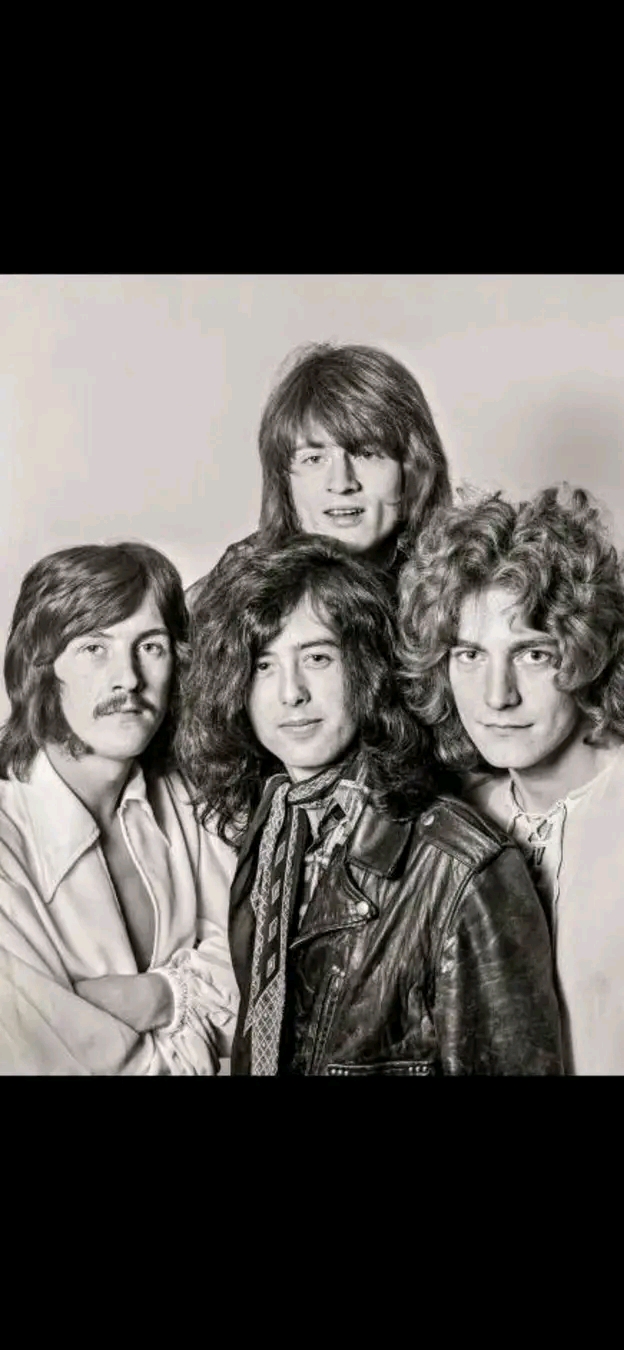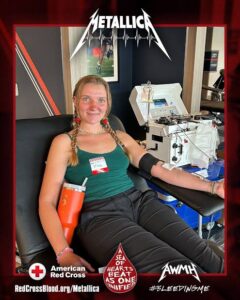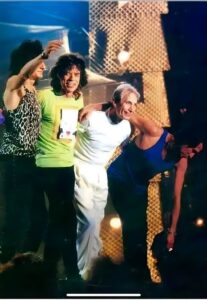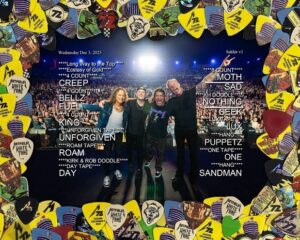
—
Led Zeppelin’s First Jam: How a Small Basement Room Changed Rock Forever
By [Your Name]
London, 12 August 1969 — It is rare in the history of music for a single day to mark the birth of an era. Yet for Led Zeppelin, the moment came in a cramped basement rehearsal room on Gerrard Street, London—an unassuming location that would bear witness to one of rock’s most electrifying first encounters. On that day, Jimmy Page, Robert Plant, John Paul Jones, and John Bonham plugged in their instruments and blasted through a fiery rendition of Train Kept a Rollin’. By their own accounts, the chemistry was instant—explosive, undeniable, and fated to change the course of rock history.
—
The Basement That Shook
The Gerrard Street space where it all began was far from glamorous. Located in London’s Soho district—an area now known for its bustling Chinatown—it was more bunker than studio. Low ceilings, bare walls, and wall-to-wall amplifiers left little room for movement. But what it lacked in comfort, it more than made up for in sound.
John Paul Jones, the band’s bassist and keyboardist, vividly remembered the setting in a 1990 interview:
> “We first played together in a small room on Gerrard Street, a basement room, which is now Chinatown. There was just wall-to-wall amplifiers, and a space for the door – and that was it. Literally, it was everyone looking at each other—‘what shall we play?’ I’d been doing more sessions, didn’t know anything at all. There was an old Yardbirds’ number called Train Kept a Rollin’… The whole room just exploded.”
This was no ordinary run-through of an old blues-rock standard. It was a collision of four musicians whose styles and instincts aligned with uncanny precision.
—
Robert Plant Feels the Spark
Robert Plant, the 20-year-old singer whose soaring voice would become the band’s signature, recalled the intensity of that first jam. In his own 1990 reflection, Plant described the heat, both literal and musical, that filled the basement.
> “I remember the little room, all I can remember it was hot and it sounded good – very exciting and very challenging really, because I could feel that something was happening to myself and to everyone else in the room. It felt like we’d found something that we had to be very careful with because we might lose it, but it was remarkable: the power.”
Plant’s words captured the fragile magic of those early moments. The chemistry wasn’t just musical—it was almost spiritual. The musicians knew they were standing on the threshold of something massive, but they were also aware it could slip away if they didn’t treat it with care.
—
Jimmy Page: From Yardbirds to New Horizons
For Jimmy Page, Led Zeppelin’s founding guitarist, this was a crucial test. Having come from The Yardbirds—a band that dissolved just weeks earlier—Page had been searching for the right collaborators to bring his musical vision to life. That vision combined the blues roots of British rock with heavier riffs, folk-inspired melodies, and an unprecedented sense of dynamics.
In the same 1990 interview, Page recalled his own reaction to that fateful session:
> “At the end, we knew that it was really happening, really electrifying. Exciting is the word. We went from there to start rehearsals for the album.”
That immediate transition from jamming to planning their debut album spoke volumes about the energy and clarity the group felt. This wasn’t a casual experiment—it was the launch of a mission.
—
John Bonham: A Drummer Who Could Shake the Earth
And then there was John Bonham. Known for his thunderous yet precise drumming, Bonham brought a rhythmic force that instantly elevated the band’s sound. In a 1972 interview, he looked back at that first jam with a mixture of fondness and disbelief:
> “We had a good play that day and it went quite well. Even the first time we’d played together, there’s a feeling when you’re playing whether it’s going to be any good, and it was good—very good indeed. But at that time I had no idea it would achieve what it has.”
Bonham’s instinct was right. From that first beat, he gave the band a backbone that was both powerful and fluid, enabling the rest of the members to push their own boundaries.
—
The Song That Started It All: Train Kept a Rollin’
Choosing Train Kept a Rollin’ as their first number was more than a nostalgic nod to Page’s Yardbirds days. The song, with its relentless rhythm and blues roots, was the perfect vehicle for the quartet to test their interplay. It demanded precision, stamina, and creativity—all of which they delivered in spades.
As they tore through the number, each musician instinctively adjusted to the others. Jones locked in with Bonham’s bass drum, Plant’s voice soared over Page’s guitar lines, and Page himself responded to every rhythmic shift with sharp, inventive riffs.
—
The Immediate Aftermath
What followed that first jam was nothing short of a sprint into rock immortality. Within weeks, the group was deep into rehearsals for their debut album—what would become Led Zeppelin (1969), a record that combined blues covers, original compositions, and a sonic depth few had heard before.
The album, recorded later that year, was a statement of intent. Tracks like Good Times Bad Times, Dazed and Confused, and Communication Breakdown revealed the same chemistry born in that cramped basement. By early 1969, Led Zeppelin was released to a mix of critical skepticism and public enthusiasm. The skeptics soon fell silent as the band’s live shows left audiences stunned.
—
Why That Day Still Matters
Looking back, the Gerrard Street jam is more than just a band’s first rehearsal—it’s a defining moment in rock history. Many bands spend months or years developing chemistry; for Led Zeppelin, it happened within minutes.
Their immediate musical connection reflected more than talent. It was about shared instincts, complementary personalities, and a willingness to take risks. Each member brought unique experience:
Jimmy Page had years of session work and a clear production vision.
Robert Plant brought raw energy, charisma, and vocal power.
John Paul Jones contributed deep musical knowledge and versatility.
John Bonham delivered unmatched rhythmic strength and creativity.
Together, they created a sound that blended blues, rock, folk, and psychedelia into something entirely new.
—
From Basement to Stadiums
The journey from Gerrard Street to global superstardom was swift. By the early 1970s, Led Zeppelin was selling out arenas worldwide, pushing musical and production boundaries with each tour and album. Their setlists evolved, but the spirit of that first jam—the immediacy, the daring, the sheer joy of making loud, powerful music—remained at the core of their identity.
In later interviews, each member spoke about that August day with the kind of reverence usually reserved for life-changing moments. It wasn’t just the start of a band; it was the start of an unstoppable creative force.
—
Legacy of the First Jam
More than five decades later, the story of Led Zeppelin’s first rehearsal continues to inspire musicians and fans alike. It reminds us that sometimes the most significant events happen in the most unlikely settings—a cramped basement, a sweltering summer day, a simple blues riff.
The Gerrard Street room may now be just another part of London’s Chinatown, but for those who know the story, it remains sacred ground—a place where four musicians walked in as strangers and walked out as Led Zeppelin.
—
In the words of Jimmy Page:
> “At the end, we knew that it was really happening.”
And the rest, as they say, is history.
—
If you’d like, I can also create a vivid, vintage-style news photo montage of that first jam to go along with this article so it feels like a 1969 newspaper front page. That would give it an authentic period look.





